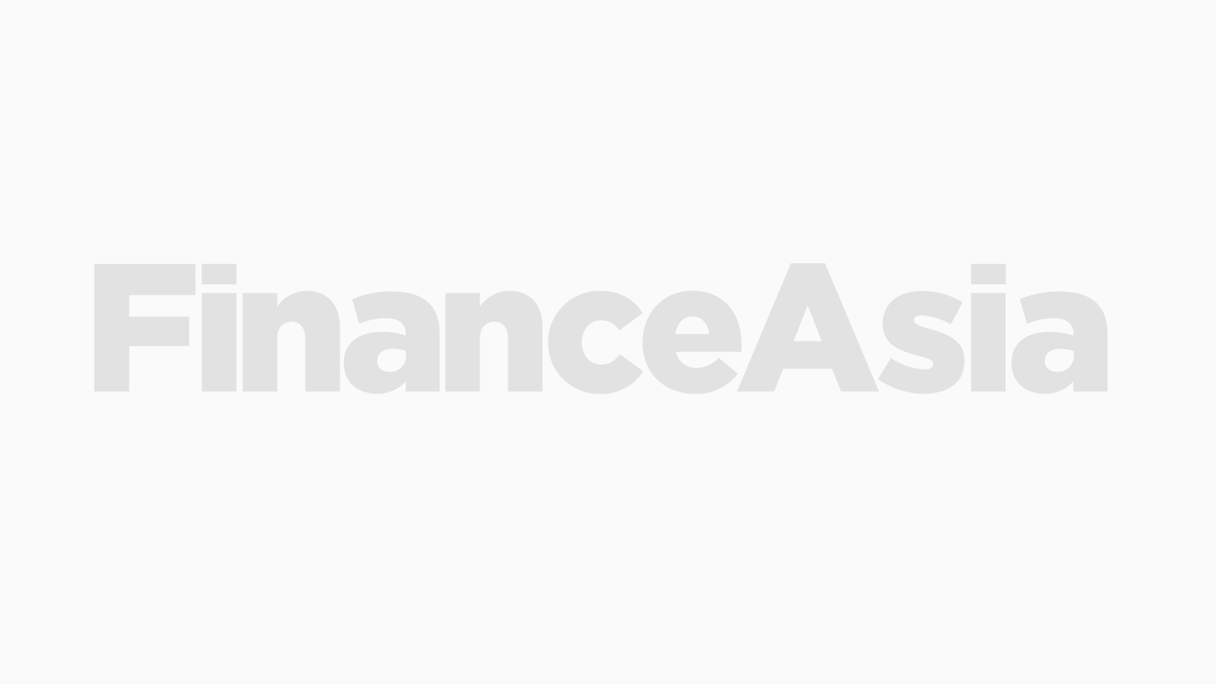While the Development Bank of Singapore (DBS) has twice used subordinated debt to re-balance its capital base, Bank of East Asia's (BoEA's) $550 million deal marks the first time an Asian bank has used such a structure to re-finance capital depleted through an acquisition, in this case First Pacific Bank (FPB).



